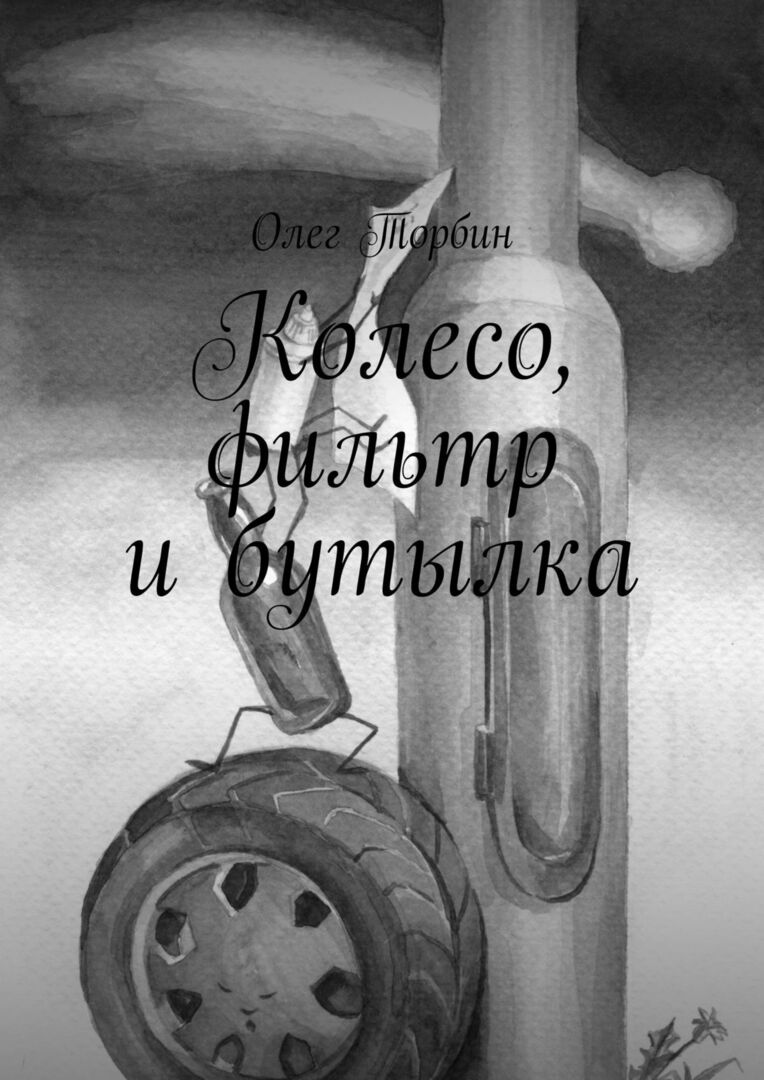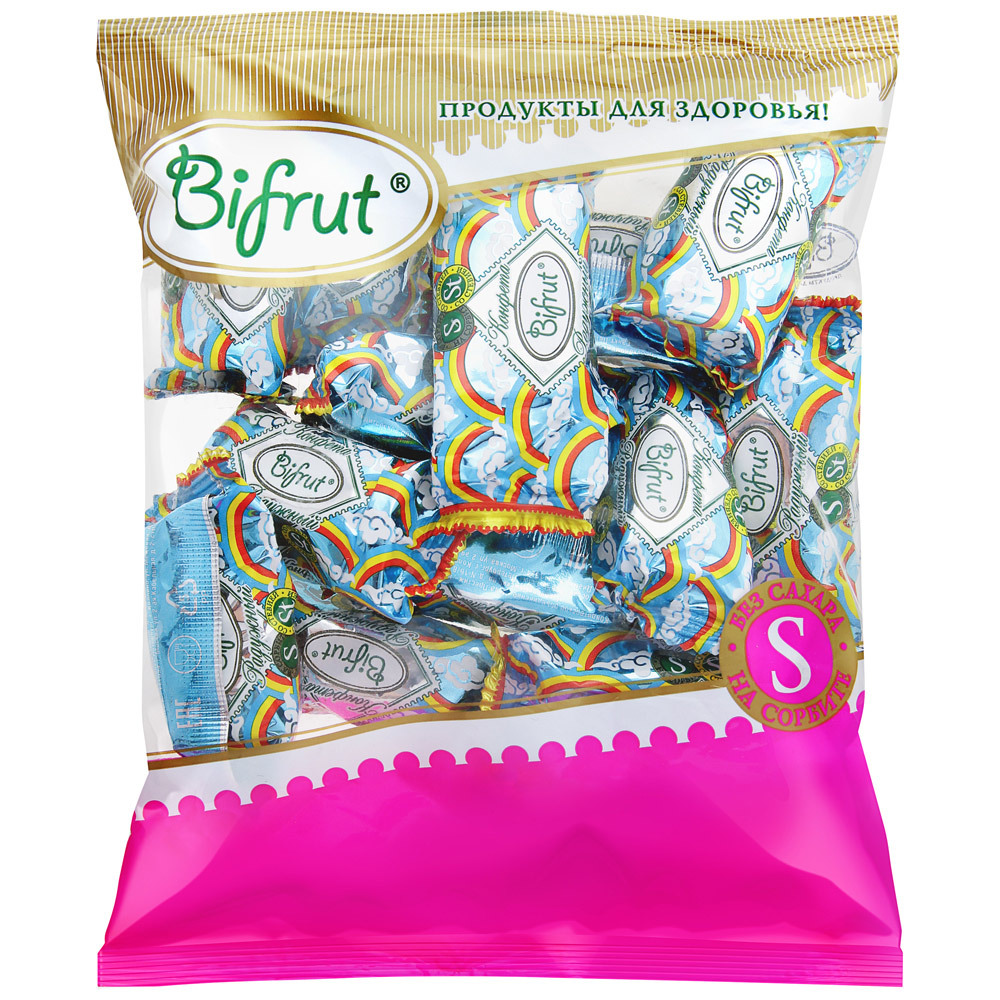Heating devices are indispensable part of any water heating system. they are usually the most expensive part. Good opportunity for use of savings can be improvised radiators. They are made of smooth steel tubes of circular cross-section or profile tubes. The latter option is more expensive, but can reduce the device depth and get more aesthetic appearance.
Use of a shaped tube for the manufacture of heating register has a number of features. Getting Started with your hands or taking a decision on the purchase of "homemade", you must carefully weigh the pros and cons. Learning the basic rules by which heating registers are made of shaped tube, help avoid errors in independent work and provide an opportunity to make the right choice of necessary parameters.

Construction of heating registers
Heaters in the form of registers is a construction of several vertical or horizontal pipelines interconnected via webs. In this case the coupling elements may have different shape and size. Depending on their location to classify.
The structure of the register
To manufacture the heating registers are used smooth tube of carbon steel with a circular cross section, as well as square and rectangular. Perhaps their combined use. Good materials for the registers may also be stainless and galvanized steel, aluminum, copper, brass, but they are much more expensive and are more difficult in handling by hand.
The simplest considered by heating registers steel profile pipes. They may be performed in two basic configurations: the sectional type and the coil (S-shaped).

The register I.S. several segments profile metal with plugged ends are arranged in parallel and interconnected round tubes of smaller section. Lintel provide teplonostitelem filling device rows from two sides simultaneously. In this case, the closer to the edge of the set transient connections, the higher the heat dissipation device.

The coil register liquid passes through the S-shaped rows of profiled pipes gradually cooling down. To make the design of the stiffness using additional blind web. The horizontal rows are connected in pairs snake with a smaller cross-section tubes, like the sectional models, a segment of the profile. The latter option is preferred because of less hydraulic resistance and greater heat dissipation.
Connection tubes made with thread or welding. The most effective one for connecting the heating device is a top-down scheme. For low models and in case of a forced circulation of the coolant can be justified by the implementation of enter and exit the bottom.

The register structure is required to provide bleed screw or automatic air vent. His feature at the end of the top row on the threaded fitting for replacement options. A prerequisite for installation is compliance deviation of 0.05% in the coolant flow direction.
Registers are both stationary and portable. The first working as elements of the overall heating system, a second task performing local heating. The heat source for a separate mobile power register serves heater 1.5-6 W mounted in the housing.
Important! The distance between the registry rows substantially affect the heat transfer. The closer the pipes to each other, the more their mutual influence, reducing the efficiency of the instrument. Recommended rows arranged at a distance not less than the height of the profile tube increased to 50 mm.
In addition to large horizontal registers are also in demand small vertical model. With careful execution of works can get cheap home-made radiators of profile pipes, almost as modern sectional radiators for aesthetics.
In some cases, steel registers can be a good complement to the already installed in a room heater. Despite a lower heat transfer than the radiators of similar size, their use may be advisable because of the lower cost.
High vertical registers are very convenient for high spaces or near the high window openings. They can successfully fit into the interior rooms with unusual design solutions. A bit of experimentation with color and shape, you can get creative decoration of simple radiators.

Advantages and disadvantages shaped tube
Most often, the heating registers are made of smooth water and gas pipes of circular cross section. They are cheaper, have better hydraulic characteristics to transport the coolant, greater tensile strength with a small wall thickness. What caused the use of shaped pipes for the production of registers?

Radiators of rolled metal square and rectangular cross-section have a number of important advantages:
- compactness of the depth of the device;
- the possibility of giving an attractive appearance;
- surface area greater than that of a circular tube of the same height;
- additional opportunities for the creative design of non-standard facilities;
- relatively easily made with your own hands, do not turn in the course of work;
- It can be made from a piece of pipe left over from the construction work.
However, the disadvantages too short:
- profiled tube is not intended for transporting liquid;
- a low resistance to hydraulic shocks and to high pressure;
- weld length greater than that of similar registers of a circular tube, which increases the probability of leakage and reduces overall device reliability.
Thus, all possible options should be evaluated before deciding on the appropriateness of registers of profile pipes, carefully analyze the operating conditions and requirements to be met by heaters in each case.

Selection of parameters
heating register parameters are determined based on the required heat transfer. The most accurate values gives a detailed Thermal calculation of heat loss through the building envelope, but since it is quite time-consuming, consider the alternatives.
Very approximately, for a typical insulated room with not more than 3 m in height can take 1 kW output at 10m2. More accurate values can be determined from the table depending on the quality and scope of the insulation space.

Heat dissipation 1 MP shaped tube is given by:
Q = K · F · Δt,
Where:
K - heat transfer coefficient, W / (m2 · 0FROM)For a single tube K = 11.3 W / (m2 · 0FROM);
F - surface area of the pipe, m2, F = 2 · (a + b) · l,
Where a and b - the size of the sides of the cross-section, and l - the tube length, respectively, in meters;
Δt - temperature difference, 0C, Δt = 0,5 · (t1 + t2) - tto,
Where t1 and t2 - coolant temperature at the inlet and outlet of the device; tto - the temperature in the room.
Necessary pipe length is calculated by dividing the required heat capacity for the heat transfer tube 1 m. The number of rows determined by rounding up and caused by the presence of free space and the configuration space. To the resulting number is specified heat value based on the mutual irradiation tubes via a discount factor of 0.9 for each row.
Register length can be taken constructively allowing for the premises and the location of the equipment. For example, if there is a large window, it is desirable that the length of the thread was not less than the size of the window, creating a wide thermal curtains for cold air.
Tip! In some cases, it makes sense to take the register length across the width of the room. This will ensure the most uniform heating of the room. For objects such as a greenhouse, it is especially important.

The cross section profile pipe is received or based on existing material, or selected by trial calculations and finding the optimal combination of length and cross section rows heating register. Most often used pipe 60 * 40 60 * 60 * 60 and 80 of wall thickness 3 mm. Large cross sections are not desirable because the increased volume of coolant will cause additional stress on the boiler.
On a note: on the thickness of the wall is better not to save. The thicker the pipe wall, the longer the heating device. He will be able to withstand high pressure surges and is more resistant to corrosion action.
On the basis of the calculations carried out final heating register selection parameters and compiled drawing. According to the accepted size heater is ordered or carried out the production of the register with his own hands.
Making the register with his own hands
Steel registers are fairly simple in design and does not require great skill to create them. Virtually anyone who has worked with the welding apparatus can manufacture of self-made heating radiators shaped tube. In contrast to the circular, it is convenient to fix in place, which facilitates welding operations.
Materials and tools
Before starting work, you need to stock up on everything you need. We consider in detail what is required for a simple three-row register.
materials:
- Profiled tube in accordance with the calculated parameters. Dimensions may be from 30h30h3 to 80h80h3 mm.
- Round tube with the same wall thickness with a diameter of 25 or 32 mm depending on the section of the profile tube.
- Steel sheet 3 mm thick.
- Pipes with external or internal thread according to the diameter and the type of connection - 2 pieces.
- A steel sleeve with an internal thread 15 mm diameter and a bleed screw.
Instruments:
- Welding machine.
- Drill.
- Bulgarian.
- Hammer.
- Marker or metal rod.
- Roulette.
Preparation of materials:
- Profiled tube is cut into desired lengths according to the drawing.
- The circular pipe is cut into 4 segments of 10 cm.
- Of sheet metal cut out plugs 6 in accordance with the size and shape of the shaped tube. They should be 3-5 mm smaller than the cross section of the pipe. This will allow neatly hide the weld in the gap.
- The pipes are laid on a flat surface substantially parallel to a distance of 10 cm. Two wooden beams for support can be used. The ends are put in one line. Made labels for openings at a distance of about 5-10 cm from the edge.
- Using a cutter or a drill hole cut scheduled in accordance with the diameter of the jumper.
The order of execution of works
- Jumpers are fixed in place and grab welding 2-3 points.
- Vertically arranging structure finally welded bridges. It is recommended to first perform a thin seam at low current, which will fill the gap well. Next, a thick main seam is performed at an increased current.
- Cleared inner space register from metallic debris and slag.
- Applied, and we catch a stub welded to the ends of the profile tubes.
- Processed welds. The projecting portions hammer knock, then each cleaned seam grinder.
- Holes are drilled in the register depending on the selected connection scheme. In this case, it is better to be placed not in the center of the ends, and a little higher or lower.
- By mounting holes welded pipes.
- We clean the seams and drowned out all the holes except one. Register fills with water under pressure and a check welding quality. Seams shall withstand pressures up to 13 atm.
- The outer surface is cleaned, degreased and painted with heat-resistant paint.
- The upper row is welded nipple and bleed screw is installed.

Sometimes it is case welded support, but more versatile devices without them. If necessary, you can always use the stand, but less weight and can still mount on the wall.
conclusion
Homemade radiator shaped tube suitable for heating large areas. Devices powered by the network is useful to periodically use the facilities: construction sites, garages, workshops, summer residences. Stationary registers are used in manufacturing plants, greenhouses, warehouses and other industrial facilities.
They have a rather simple design that allows for relative ease of fabrication. This allows you to make steel registers with their hands, which gives substantial savings. If desired, you can poizoschryatsya and create analogues of modern design patterns, which can be not only effective sources of heat, but also interior decoration.





